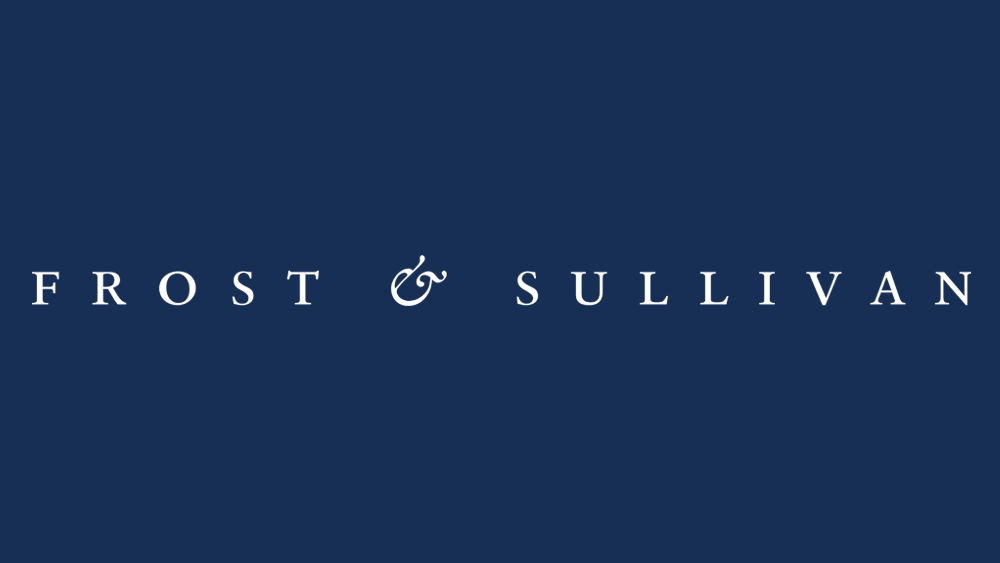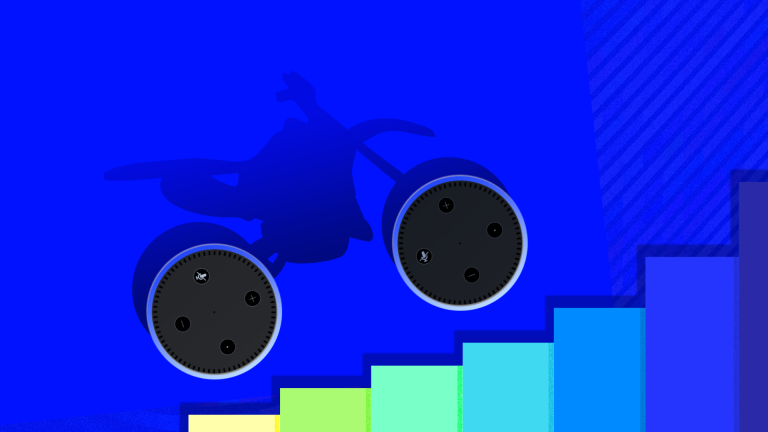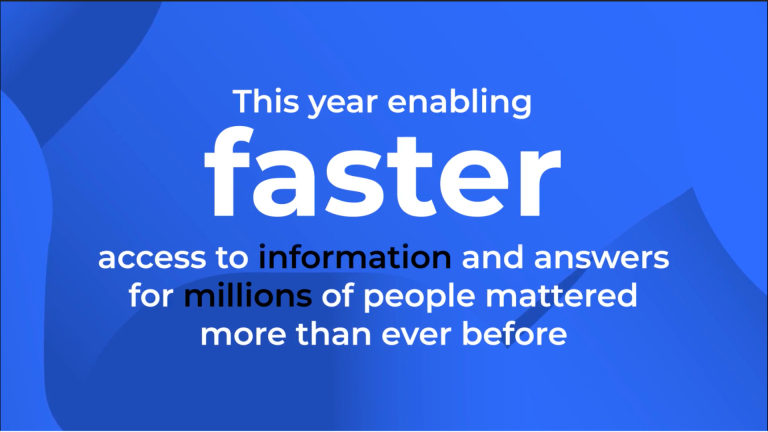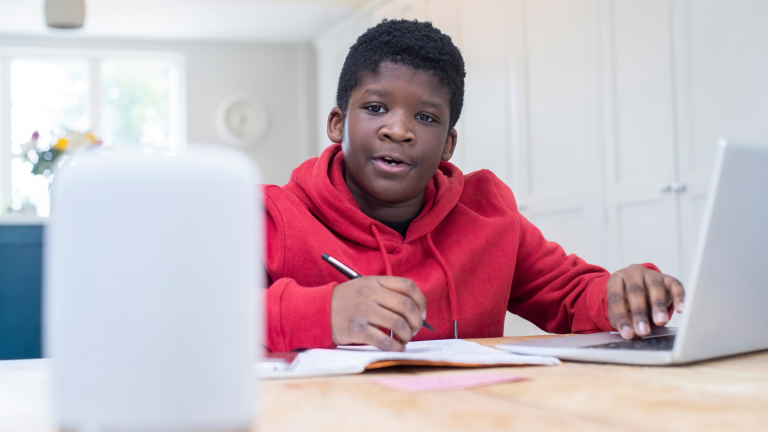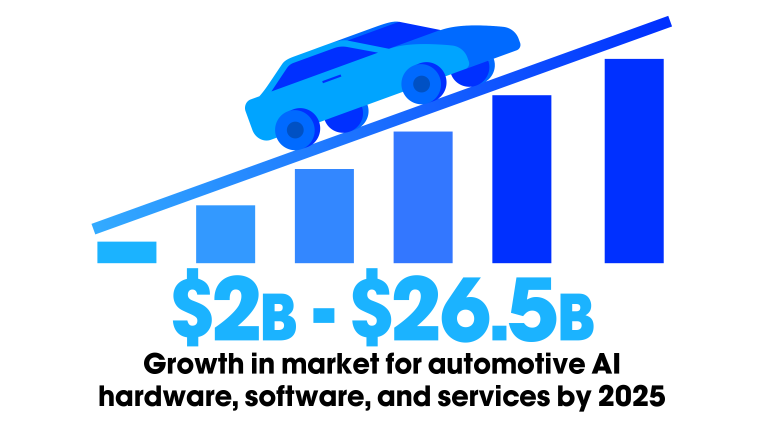The same is true of innovation. Even the best laid out advertising campaign will fall flat on consumers if they don’t feel safe using your product or service. If your brand isn’t backed by a tangible differentiator for these times, it risks losing customers not only to competitors but to the overarching societal fears of safety concerns.
Doubling down on innovation budgets is important but should be done adeptly and with a strategy in place. Each sector should consider what areas were already poised to grow within their target consumer audiences and measure them against what technological advancements have gained traction and consumer adoption throughout the COVID-19 pandemic. This way, companies can ensure their innovation responses are durable and customized to their brand while keeping budgets small, streamlined and tailored to their audience.
For example, there was already a joint pilot program to run Aiva, a healthcare specific voice assistant, on both Google Assistant and Alexa devices at hospital rooms acros New York, Los Angeles, and Boston. In response to the pandemic, Amazon is fueling the steepening of the adoption curve with a donation of $5M worth of devices to be allocated to hospitals, schools, and community-oriented programs across New York, San Francisco, Seattle, Houston, and Italy.
Furthermore, as of this year, the bedroom is now the most popular location for smart speakers within the home, and could be a tool that not only provides utility but comfort and routine during hospital stays.
Smart speakers and voice assistants are the new necessity
Considering that voice-assistant usage adoption was already well-underway in this vertical and is increasingly becoming a main-stay fixture bedroom setting, it makes strategic sense for hospitals to continue investing in this particular technology. Investing in a smart-speaker led strategy could be the right fit for hospitals and hotels, based on the statistics and behavioral data, especially in the immediate future.
In academic circles a widely known phenomenon called “Summer Learning Loss” takes place every fall. This happens when students do not have the resources to retain and build upon knowledge they’ve gained during the year throughout the summer holidays. So, when the new academic year rolls around they spend the first few months re-learning what they’d already studied in the past year, this puts them at a disadvantage to their peers who not only are able to pick up where they left off, but have built upon their foundation over the summer and are ahead of the class.
A similar phenomenon happens in the re-hiring and retraining process for large organizations. While COVID-19 is nothing like a summer holiday and the lack of resources in question for students is far out of their control, companies do have the choice of resource prioritization. The choice lies between cutting innovation teams or fueling them with the proper supplies to get ahead of the rest of the pack.
RAIN has seen many of our clients elect to continue investing in innovation even in the face of major challenges to their core business. Making cost-cutting decisions or strategically pivoting a business is never easy, but when doing so, it’s vital for companies to take the long view alongside survival measures. The long-term ROI of funding strategic and data-backed emerging technologies has the potential to far outweigh any losses incurred in the short-term.
Shanna Walia, Strategy Analyst at RAIN, is passionate about creatively connecting end-users to emerging technologies. Classic films, learning languages, traveling, and yoga are a few of her favorite things.

